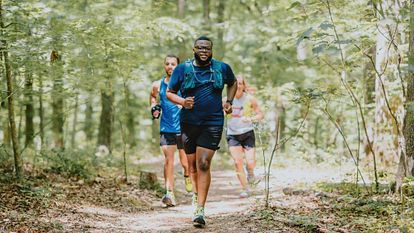When you go outside, especially deep into the woods or in the mountains, you enter the natural habitats of other animals, and you should treat it like it’s theirs.
The first thing you do when you spot a wild animal is to avoid it; never try to get close to an animal to feed it or to take pictures. Back away slowly if you see a wild animal in the distance
Many animals, like bears, will avoid you if they know you’re coming, but it’s sometimes impossible to anticipate where an animal will be.
If you find yourself face-to-face with a bear unexpectedly, it is probably just as surprised as you are. The National Park Service’s bear encounter guidelines recommend different actions for different types of bear encounters, but you should always pay attention to the bear’s reaction.
If you rounded a corner and surprised the bear, the NPS says you should read its reaction and then slowly back away if you can.
“If the bear clacks its teeth, sticks out its lips, huffs, woofs, or slaps the ground with its paws, it is warning you that you are too close and are making it nervous,” according to the NPS. “Heed this warning and slowly back away. Do not drop to the ground and ‘play dead.’ Do not run, shout, or make sudden movements: you don't want to startle the bear.”
Don’t try to run or climb a tree. Either action might trigger a chase response from the bear, and you likely won’t be able to run away or climb a tree faster than a bear.
You can help alert bears and other wildlife that you’re on the trail by making noise while you’re running. If you’re in bear country, you can wear small bells or chat with a running partner so bears will hear you before they see you. That way, they have time to make a decision about where to go before you show up around the next corner.








Join our Newsletter
Get deals, events, and more.
Connect with Fleet Feet
Get involved on social media.
Find a Location
Fleet Feet has over 250 locations nationwide!
Find a Store